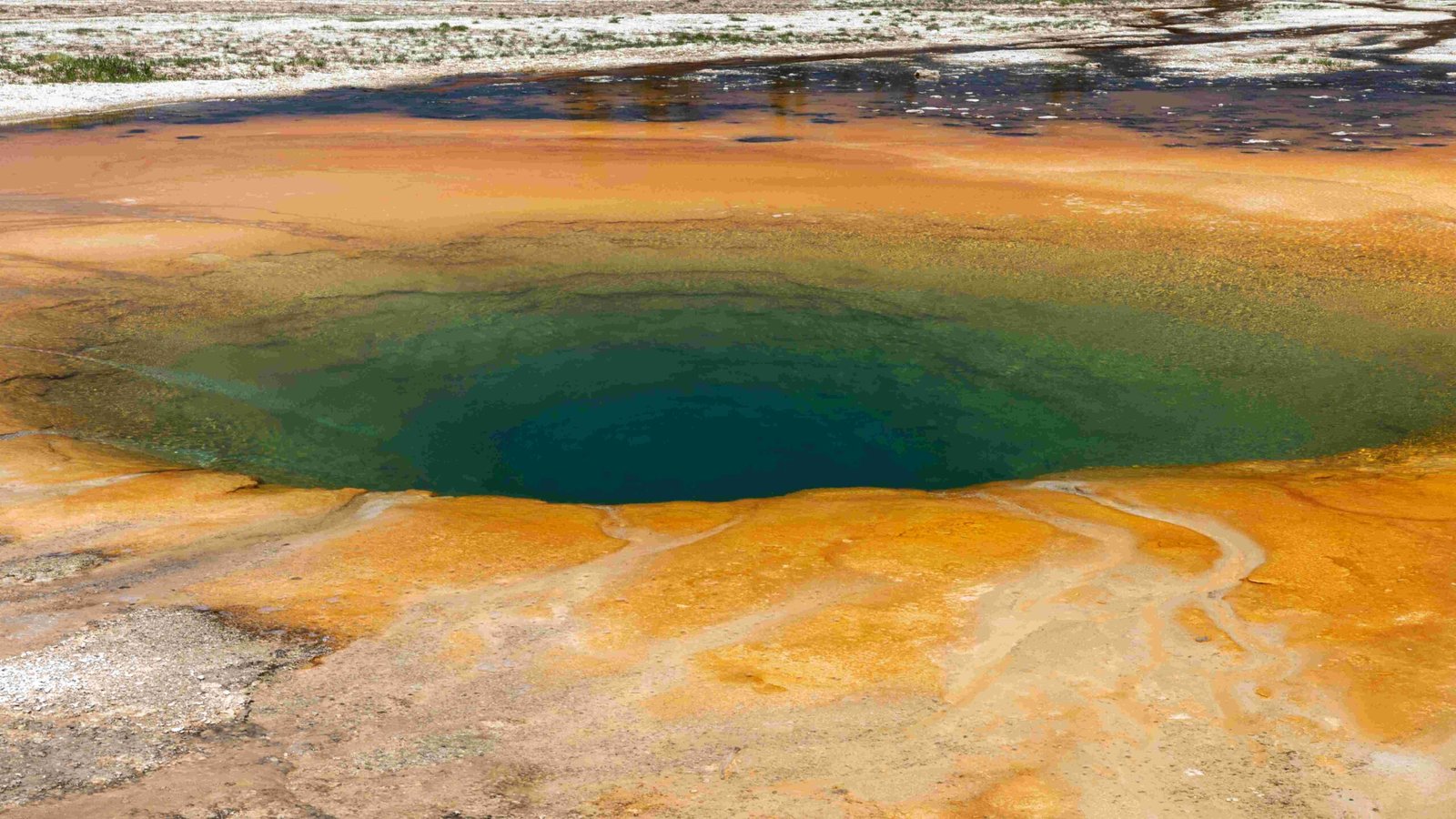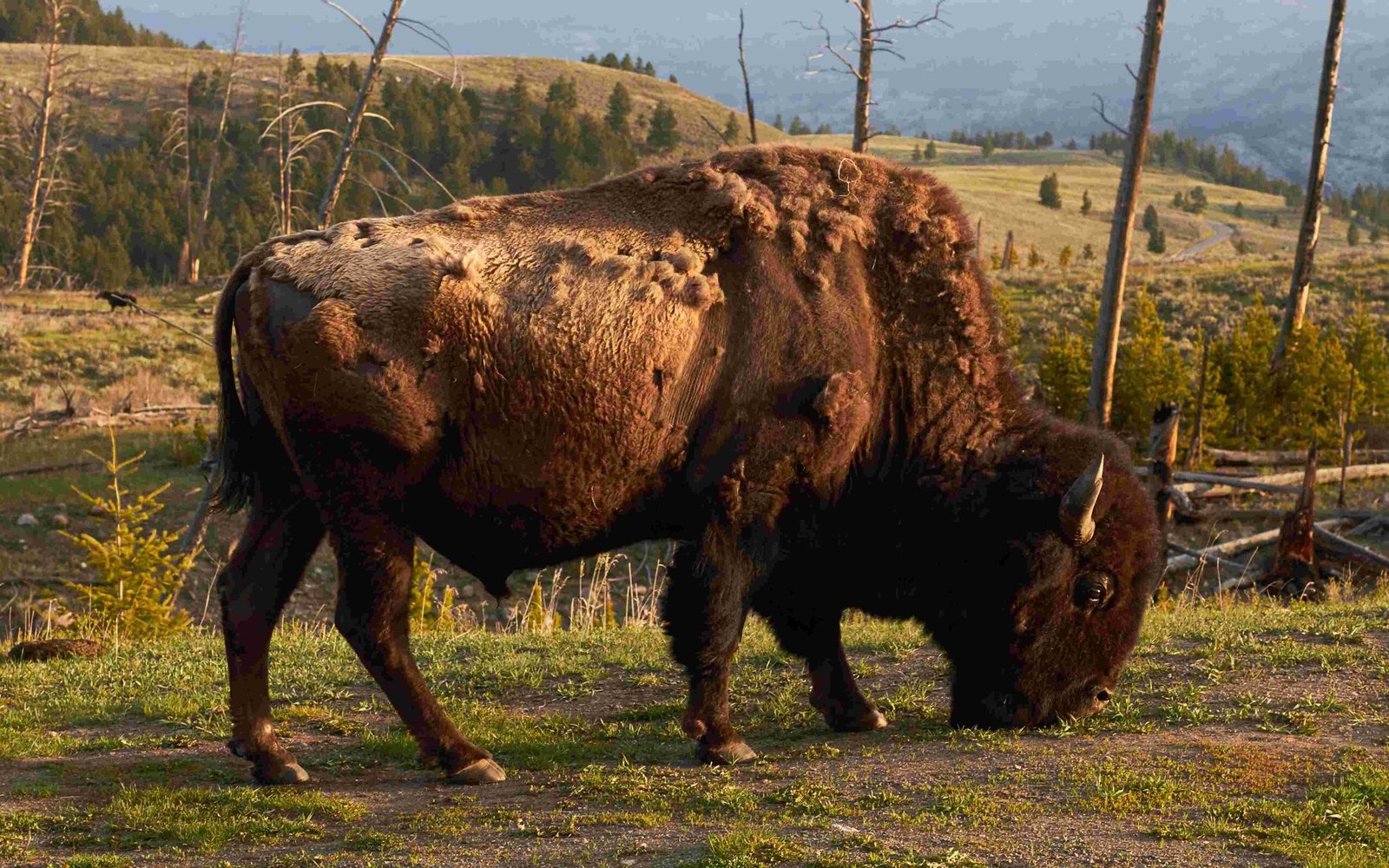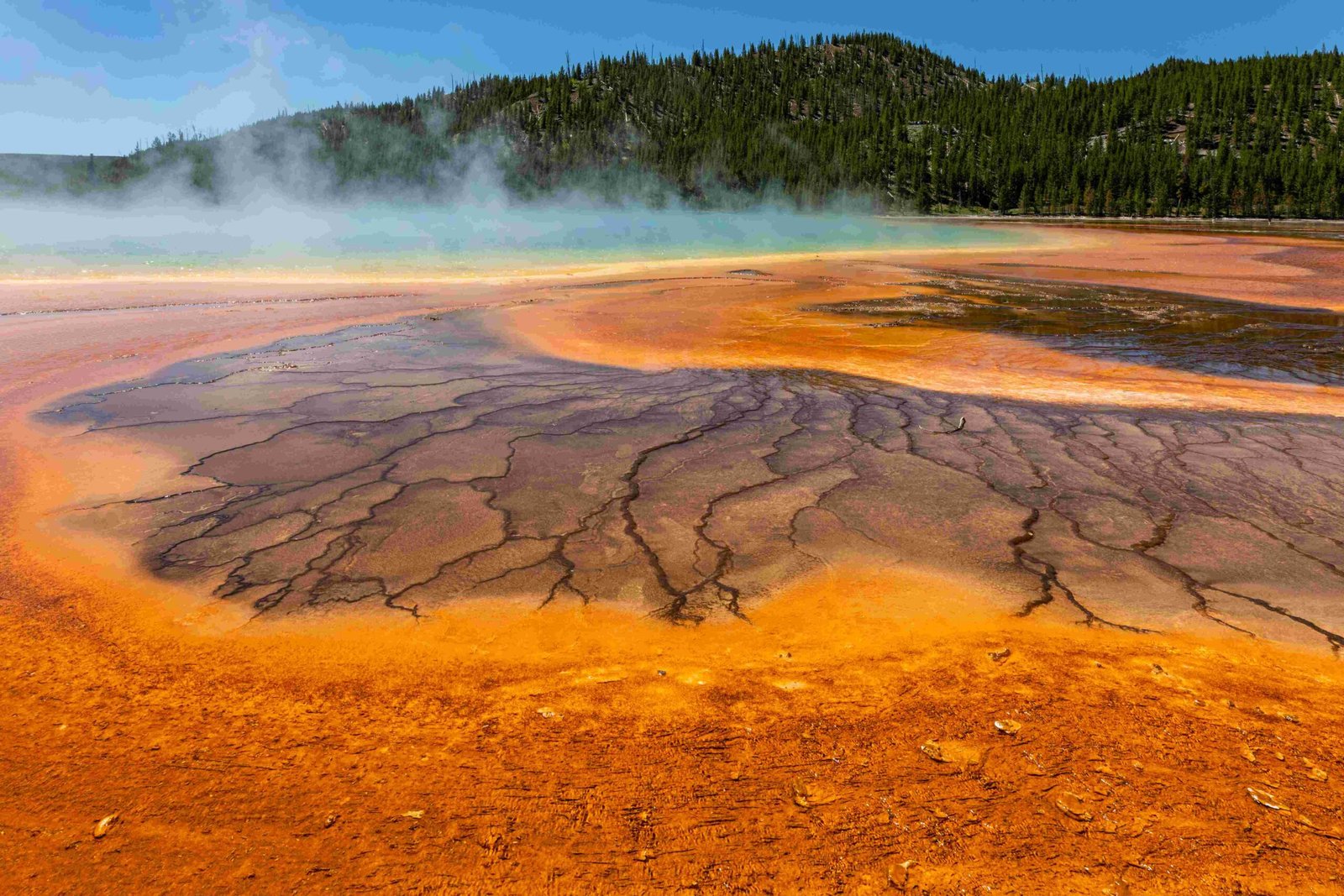Yellowstone National Park is a biodiversity hotspot, home to an impressive array of wildlife. The park boasts nearly 300 bird species, 16 fish species, 5 amphibian species, 6 reptile species, and 67 mammal species. This rich ecosystem encompasses diverse habitats, from alpine areas to forests, supporting a wide range of plant and animal life. Understanding the species count in Yellowstone is crucial for conservation efforts and appreciating the park’s ecological significance.
What is the Total Wildlife Species Count in Yellowstone?

Yellowstone National Park is teeming with life, hosting an impressive number of species across various taxonomic groups:
- Birds: Approximately 285-300 species
- Fish: 16 species
- Amphibians: 5 species
- Reptiles: 6 species
- Mammals: 67 species
This diversity makes Yellowstone a unique ecosystem in the contiguous United States, retaining its full historical complement of vertebrate wildlife species.
How Many Bird Species Call Yellowstone Home?

The avian population in Yellowstone is particularly diverse, with 285 to 300 documented species. Here’s a breakdown of some key bird groups:
- Songbirds (majority)
- Woodpeckers
- Warblers
- Sparrows
- Flycatchers
Notable species include:
– Yellow warblers
– Warbling vireos
– Wilson’s warblers
This rich variety of bird species contributes significantly to the park’s biodiversity and ecological balance.
What Mammal Species Can Be Found in Yellowstone?
Yellowstone is home to 67 different mammal species, ranging from large predators to small rodents. Here’s a comprehensive list:
Ungulates (8 species)
- Bighorn sheep
- Bison
- Elk
- Moose
- Mountain goats
- Mule deer
- Pronghorn
- White-tailed deer
Large Predators (7 species)
- Black bears
- Canada lynx
- Coyotes
- Grizzly bears
- Mountain lions
- Wolverines
- Wolves
Other Notable Mammals
- Badgers
- Bobcats
- Martens
- River otters
- 13 species of bats
This diverse mammalian population plays a crucial role in maintaining the park’s ecological balance and food web.
How Many Fish Species Inhabit Yellowstone’s Waters?
Yellowstone’s aquatic ecosystems support 16 native fish species. These fish are not only crucial for the natural food webs but also have significant local economic importance. Some of the notable fish species include:
- Yellowstone cutthroat trout
- Arctic grayling
- Mountain whitefish
- Longnose dace
The park’s efforts to preserve these native fish species are ongoing, with particular focus on protecting them from invasive species and habitat degradation.
What is the Count of Amphibian and Reptile Species in Yellowstone?
Yellowstone National Park is home to a small but significant number of amphibian and reptile species:
- Amphibians: 5 species
- Reptiles: 6 species
Amphibian Species
- Boreal chorus frog
- Columbia spotted frog
- Western tiger salamander
- Western toad
- Plains spadefoot toad
Reptile Species
- Prairie rattlesnake
- Rubber boa
- Sagebrush lizard
- Common garter snake
- Terrestrial garter snake
- Western skink
Amphibians in Yellowstone serve as valuable indicators of environmental stressors such as disease or climate change, making their populations particularly important to monitor.
How Does Yellowstone’s Plant Diversity Contribute to Species Count?
While specific numbers of plant species are not provided in the available sources, Yellowstone’s diverse habitats support a wide range of plant life. These habitats include:
- High alpine areas
- Sagebrush country
- Hydrothermal areas
- Forests
- Meadows
This variety of plant communities provides essential habitats and food sources for the park’s diverse animal species, contributing significantly to the overall biodiversity of Yellowstone.
What Unique Challenges Affect Species Count in Yellowstone?
Several factors influence the species count and distribution in Yellowstone National Park:
-
Climate Change: Affects breeding, migration, and wintering habitats of various species, particularly songbirds and amphibians.
-
Human Activities: Hunting and land use outside park boundaries influence wildlife populations and movements within the park.
-
Invasive Species: Threaten native species and ecosystems.
-
Habitat Fragmentation: Can isolate populations and reduce genetic diversity.
-
Disease: Outbreaks can significantly impact certain species populations.
Park managers and researchers closely monitor these challenges to develop effective conservation strategies and maintain the park’s rich biodiversity.
How Can Visitors Best Experience Yellowstone’s Species Diversity?
To safely and responsibly observe Yellowstone’s diverse wildlife:
- Maintain safe distances:
- Stay at least 100 yards away from bears and wolves
-
Keep a minimum of 25 yards from other wildlife
-
Use appropriate equipment:
- Binoculars
-
Telephoto lenses
-
Utilize roadside pullouts for safe viewing
-
Participate in guided wildlife tours
-
Visit different habitats within the park to observe a variety of species
-
Respect park rules and regulations to minimize human impact on wildlife
By following these guidelines, visitors can enjoy Yellowstone’s incredible species diversity while ensuring the safety and well-being of both wildlife and humans.
In conclusion, Yellowstone National Park’s species count is a testament to its ecological importance and biodiversity. With nearly 300 bird species, 67 mammal species, and a variety of fish, amphibians, and reptiles, the park offers a unique glimpse into a well-preserved North American ecosystem. Understanding and preserving this diversity is crucial for the park’s future and the broader conservation efforts in the region.
Reference:
1. Yellowstone’s Songbird Study | Yellowstone Forever
2. Wildlife – Yellowstone National Park (U.S. National Park Service)
3. Mammals – Yellowstone National Park (U.S. National Park Service)
4. Greater Yellowstone Ecosystem – Yellowstone National Park (U.S. National Park Service)
5. Plants – Yellowstone National Park (U.S. National Park Service)

